In the context of the upcoming show ‘Henri Matisse: The Cut-Outs’ at Tate Modern, Emma Crichton-Miller explores Matisse’s cut-outs and the final radical phase of his career in Vence, in Apollo’s April issue
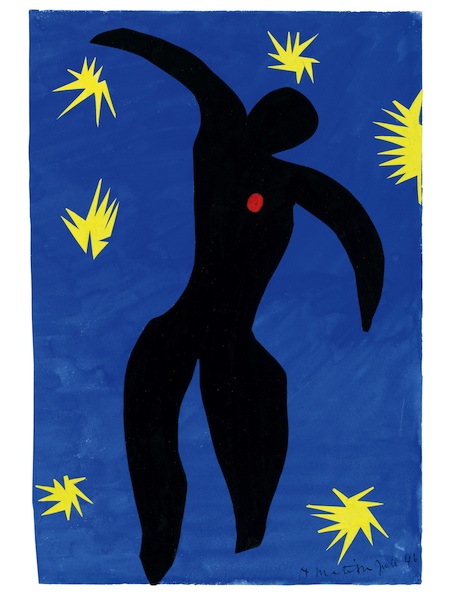
‘Icarus’ (1946), Henri Matisse (1896–1954). © Centre Pompidou, MNAM-CCI, Dist. RMN-Grand Palais / Jean-Claude Planchet. © Succession Henri Matisse/DACS 2013
Just before his departure from Nice in 1943, Matisse had picked up a pair of scissors and cut out an image of Icarus falling, black against a dark blue sky punctured by cut-out stars – or perhaps shell bursts. The intensity of colour combined with the energetic freedom of the cut line produced something both startlingly simple and profoundly moving. When Matisse showed the collage to Stratis Eleftheriades, the Greek publisher known as Tériade, he was, according to Spurling, ‘deeply impressed’, urging the artist to continue. Encouraged, Matisse spent the winter in Vence making more cut-outs. These would eventually become Jazz, a homage to the power of colour, which Tériade published in 1947. This radiant and joyous book without words marked a new direction in Matisse’s work.
In a restaurant in Nice, Tate curator Nick Cullinan tells me that Matisse’s discovery of the cut-out was not entirely out of the blue. In 1919 he had been commissioned by Diaghilev to design the sets and costumes for a ballet version of Stravinsky’s opera, Le chant du rossignol. When he was told that the costumes could not be made in time, Matisse reportedly leapt on to the cutting table himself and cut the fabric freehand, pinning different shapes on the main costume. In the early 1930s, again, Cullinan tells me, when Matisse was struggling with his commission for the American collector Alfred Barnes, which became the vast mural The Dance (1932–33), ‘we have photos of him using cut-outs to mock up areas of solid flat colour’. Other photographs from 1935 onwards, taken of the artist working in his apartment in Cimiez near Nice, show Matisse using cut-outs to trial colours. As Cullinan puts it: ‘They begin as a means to an end, but by the late 1940s, Matisse begins to value them for themselves.’
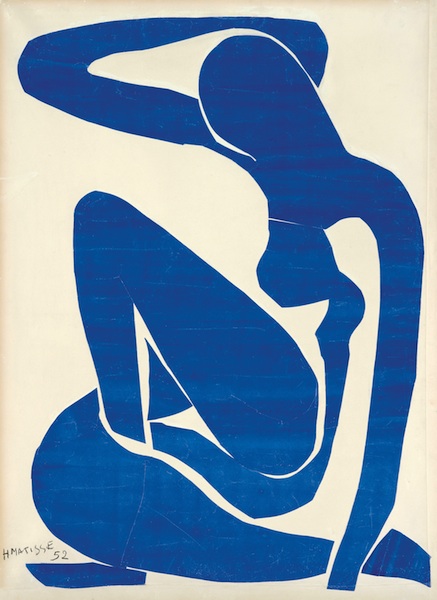
‘Blue Nude (I)’ (1952), Henri Matisse. Foundation Beyeler, Riehen/Basel.
Photo: Robert Bayer, Basel. © Succession Henri Matisse/DACS 2013
Emma Crichton-Miller’s Matisse article appears in Apollo’s April issue
The exhibition ‘Henri Matisse: The Cut-Outs is at Tate Modern from 17 April–7 September 2014
Click here to buy the April issue of Apollo
Unlimited access from just $16 every 3 months
Subscribe to get unlimited and exclusive access to the top art stories, interviews and exhibition reviews.

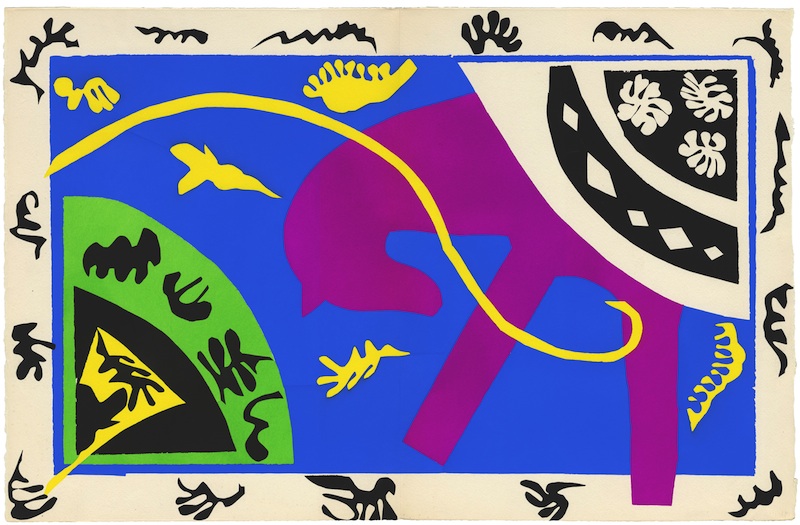
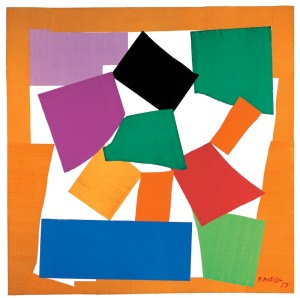
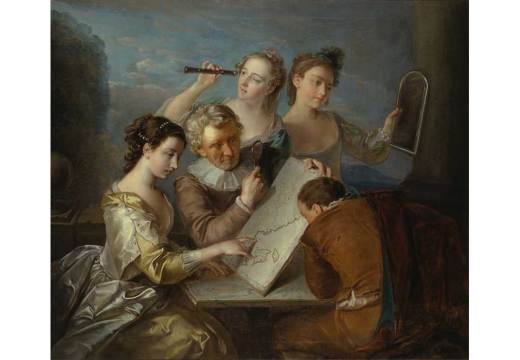
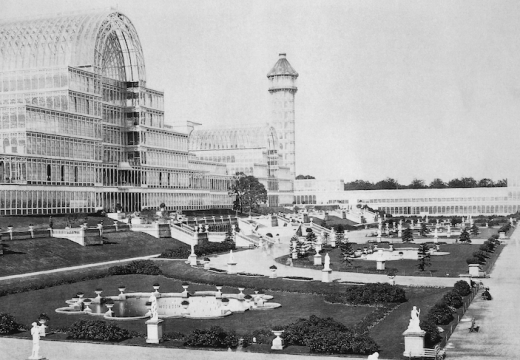










![Masterpiece [Re]discovery 2022. Photo: Ben Fisher Photography, courtesy of Masterpiece London](http://www.apollo-magazine.com/wp-content/uploads/2022/07/MPL2022_4263.jpg)
Has the Fitzwilliam lost the hang of things?